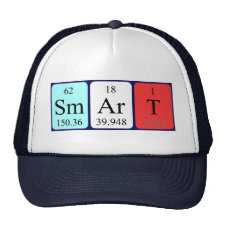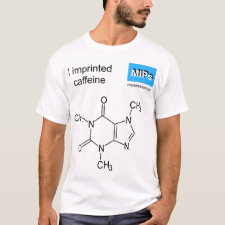
Authors: Chang HC, Guo XJ, Zhang LQ
Article Title: Molecular recognition properties of caffeine-imprinted phenolic resin sorbent.
Publication date: 2012
Journal: Polymer Materials Science and Engineering
Volume: 28
Issue: (4)
Page numbers: 106-109.
Alternative URL: http://en.cnki.com.cn/Article_en/CJFDTOTAL-GFZC201204028.htm
Abstract: Caffeine-imprinted phenolic resin sorbent (CIPS) has been synthesized. The molecular recognition properties were evaluated by static and dynamic adsorption. By Scatchard analysis, it is found that CIPS shows specific binding sites. The dissociation constants and the maximum binding capacity were calculated K d1=26.8 mg/L, Q max1=13.7 mg/g for high affinity binding sites and K d2=114 mg/L, Q max2=28.5 mg/g for lower affinity binding sites, respectively. When 400 mg/L solution of caffeine at the rate of 3 BV/h flowed through CIPS columns, breakthrough point was 26th bed volume under dynamic condition. It is clear that with 1 mol/L hydrochloric acid at the rate of desorption 1.5 BV/h, 97.5% caffeine adsorbed on CIPS were removed within 4 bed volumes
Template and target information: caffeine
Author keywords: caffeine, molecular recognition, molecularly imprinting, phenolic resin sorbent



Join the Society for Molecular Imprinting

New items RSS feed
Sign-up for e-mail updates:
Choose between receiving an occasional newsletter or more frequent e-mail alerts.
Click here to go to the sign-up page.
Is your name elemental or peptidic? Enter your name and find out by clicking either of the buttons below!
Other products you may like:
 MIPdatabase
MIPdatabase









